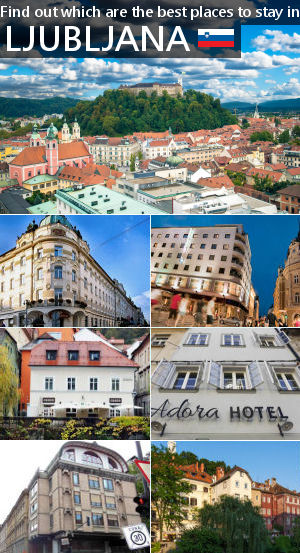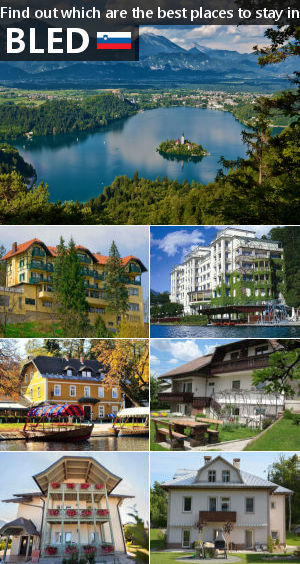The World Bee Day is celebrated for the third time. There are 11,350 beekeepers in Slovenia taking care of 205,000 beehives. They produced 1,746 tons of honey in 2018.
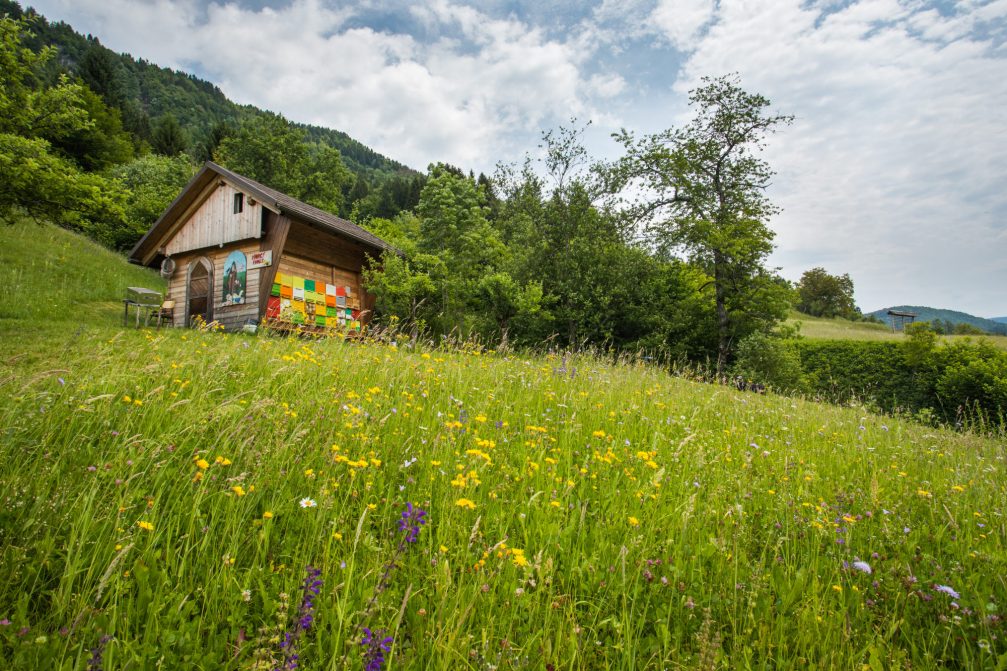
Slovenia enjoys more aesthetically pleasing hives than much of the world. (photo: Jost Gantar)
May 20th is the birthday of Anton Jansa (1734–1773), the pioneer of modern beekeeping in Slovenia and one of the greatest experts on bees. After three years of international efforts, on December 20th, 2017 the United Nations member states unanimously confirmed Slovenia’s proposal to mark May 20th as the World Bee Day. The main purpose of the day is to spread awareness of the significance of bees and other pollinators for our survival.
The number of beekeepers and the number of beehives in Slovenia are increasing. According to the latest data, there are 11,350 beekeepers in the country taking care for 205,000 beehives. In the European Union there are about 650,000 beekeepers and about 17.5 million beehives. This makes the EU the second largest honey producer (only behind China).
Honey production varies significantly between the years. Beekeeping is extremely dependent on weather conditions. In 2018 Slovenia produced 1,746 tons of honey. In the past five years the average price of a kilogram of honey sold by producers in agricultural markets did not change much. In 2019 it was about €10 per kilogram.
In 2019, Slovenia exported at least a ton of honey to ten countries. In the past ten years Slovenia’s honey export increased by eight times and in 2019 amounted to almost 322 tons.
Some interesting facts about honey:
– 1.1 kilogram of honey was consumed on average by a resident of Slovenia.
– 80% was the self-sufficiency rate for honey in Slovenia.
– 60% was the self-sufficiency rate for honey in the EU.
– 44 tons of honey was produced in Slovenia organically.
– €7.9 was the average retail price of a kilogram of flower honey.
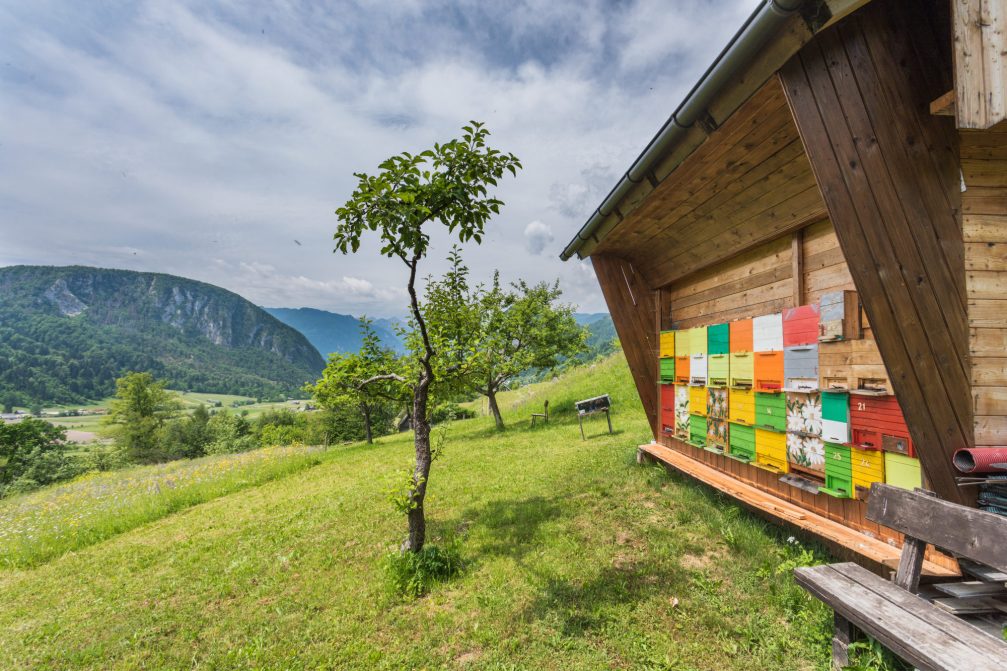
The beekepers in Slovenia use several varieties of hives. There are stacked white boxes, huts with colorful “drawers”, and brown barrel-like hives with lids. (photo: Jost Gantar)
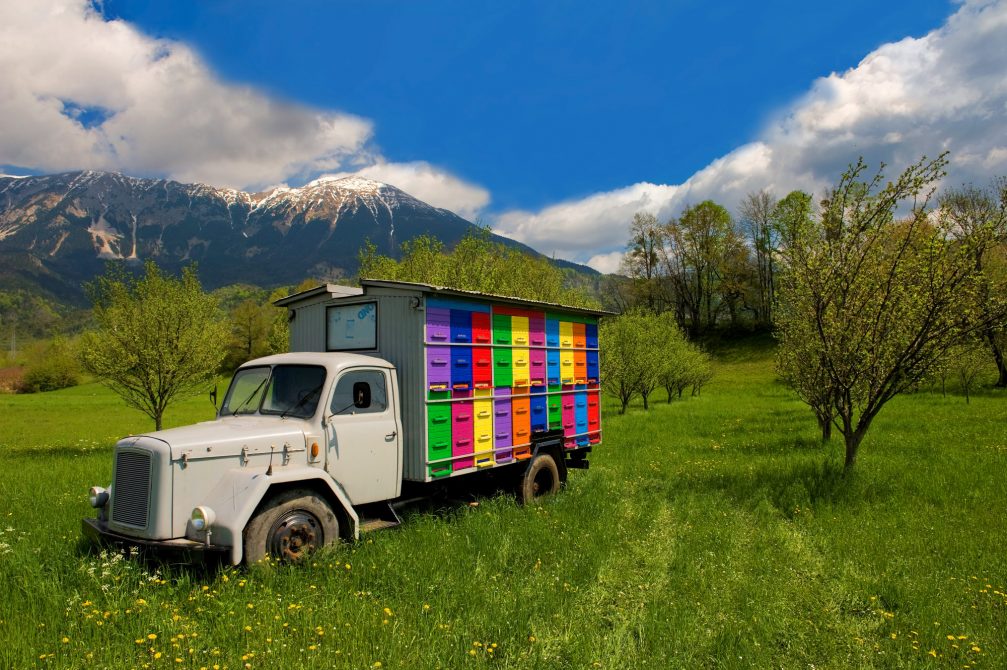
A mobile beehive apiary on the back of a vintage truck in Zirovnica, the cradle of beekeeping in Slovenia. Some of the hives are designed to be mobile, loaded on the back of old trucks, so that beekeepers can easily move their bee families from the valley to the mountains and back again. The means a wider variety of honey flavors for individual producers – flavors like chestnut, flower, sage, and honeydew. (photo: Jure Kravanja)
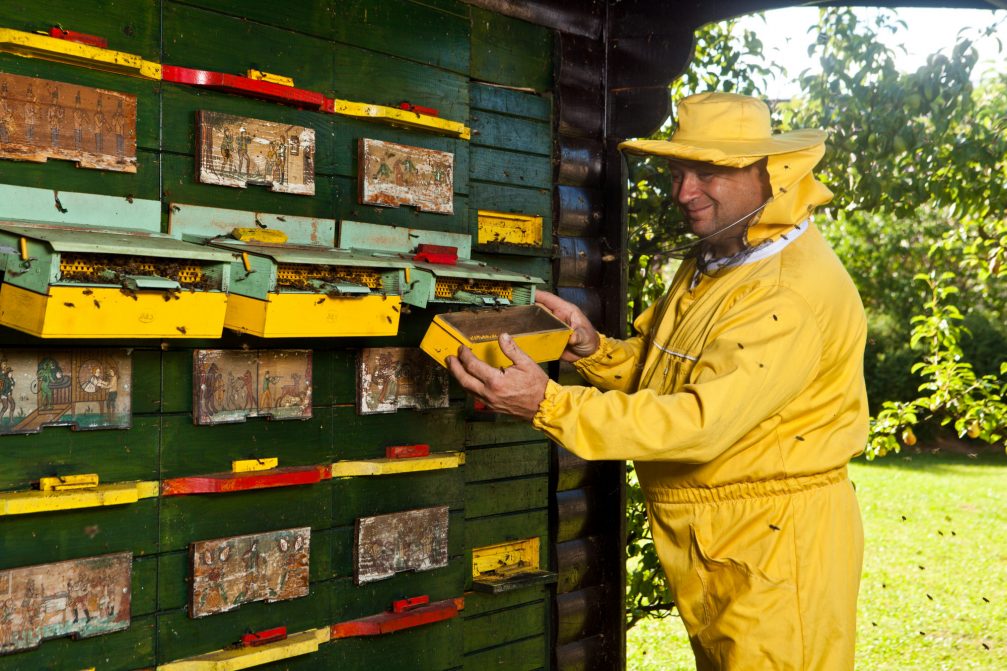
Beekeeping in Slovenia was first mentioned in writing in The Glory of the Duchy of Carniola, an encyclopaedia written by Johann Weikhard von Valvasor and published in 1689. The encyclopaedia contains the first longer presentation of beekeeping in Carniola, the territory of present-day central part of Slovenia. Valvasor writes that ‘one can see special little houses for bees in this land‘. (photo: Jost Gantar)
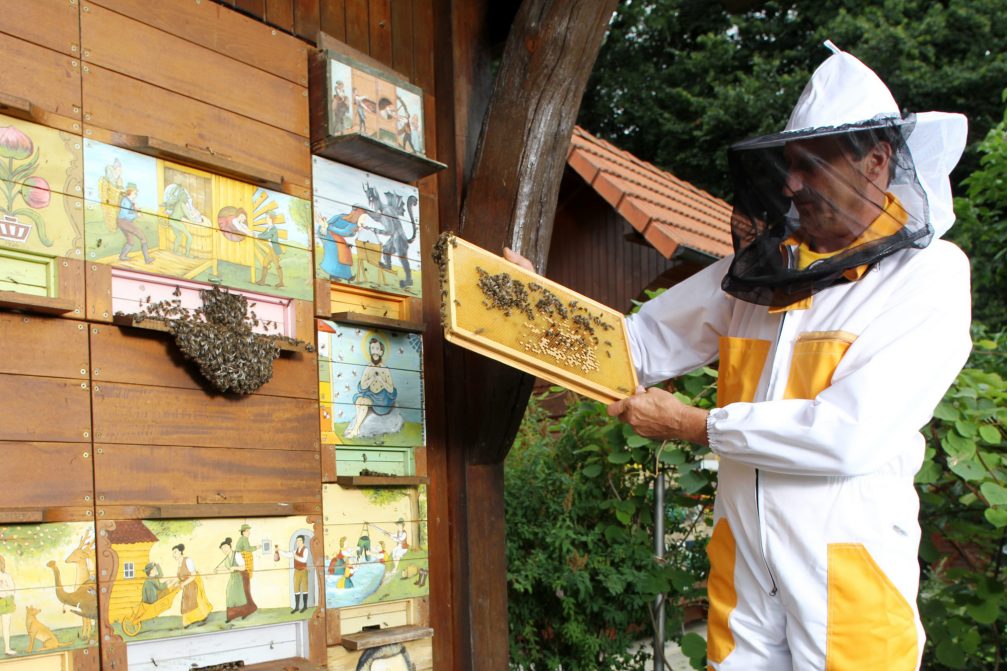
With 5 beekeepers per 1,000 population, Slovenia boasts the highest percentage of beekeepers to the general population of any nation in Europe by far and it is one of the highest percentage of beekeeping nations in the world! (photo: Ales Fevzer)
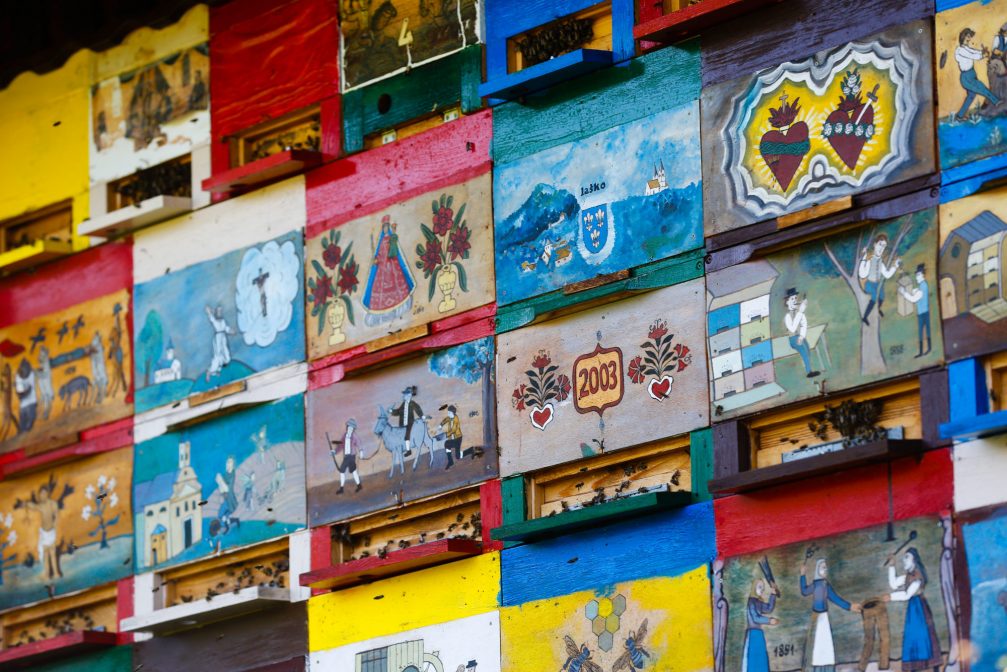
Slovenian beehives are well-known for their bright colors and their artfully painted front slats which are unique to Slovenia. (photo: Domen Grogl)
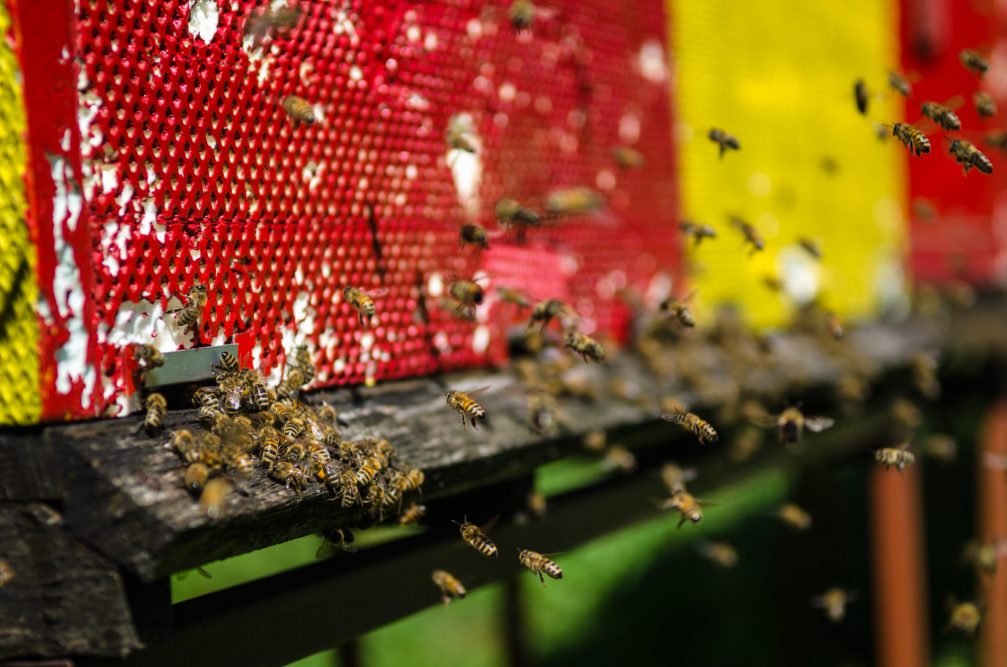
Slovenia is the only country in the EU that has protected its indigenous bee, the Carniolan bee. The Carniolan honey bee is native to Slovenia and is one of the most common bee species in the world. (photo: Marko Sinkovec)
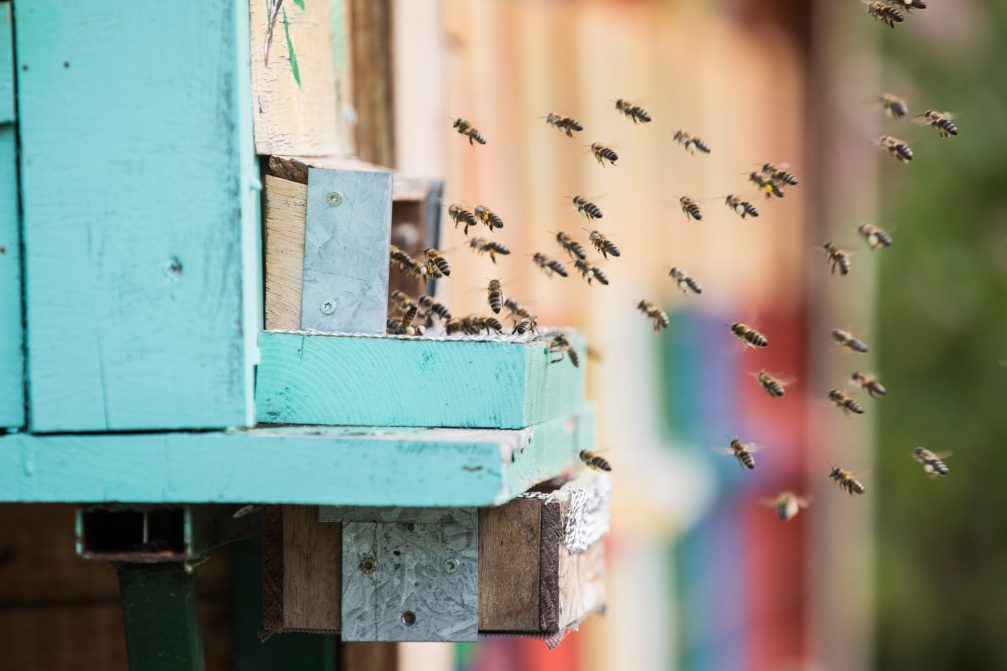
For each kilogram of honey collected, a bee family must visit over 4 million flowers and fly almost 200,000 kilometres (five times around the world). (photo: Jost Gantar)
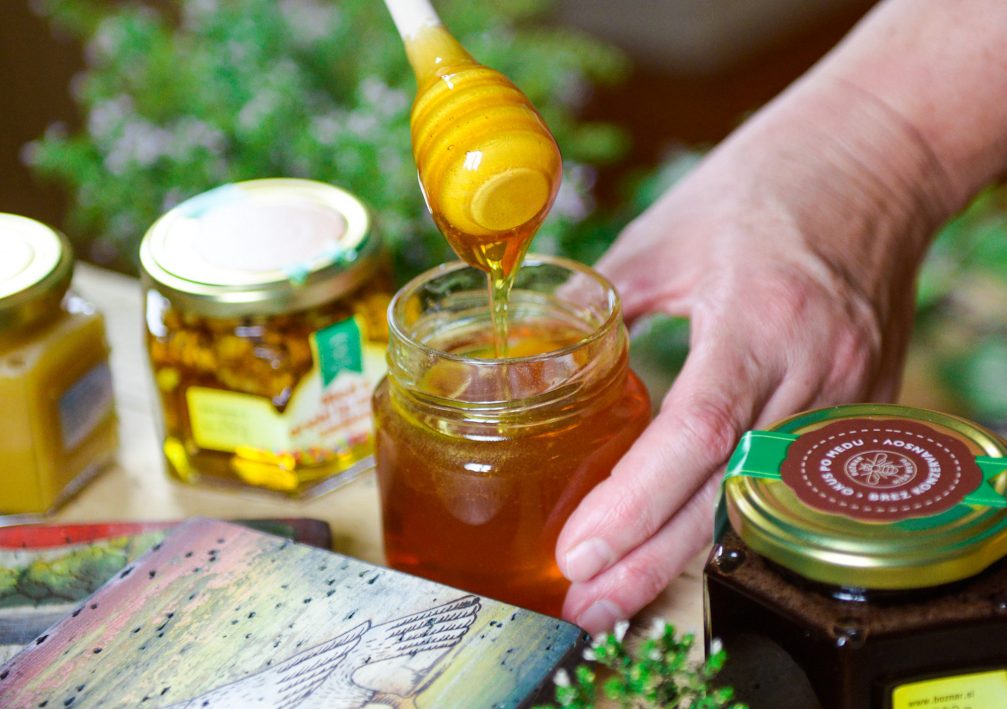
Every year, Slovenian beekeepers produce between 1,300 and 2,500 tons of honey. That’s a lot of sticky, sweet goodness for such a small nation. (photo: Nea Culpa)
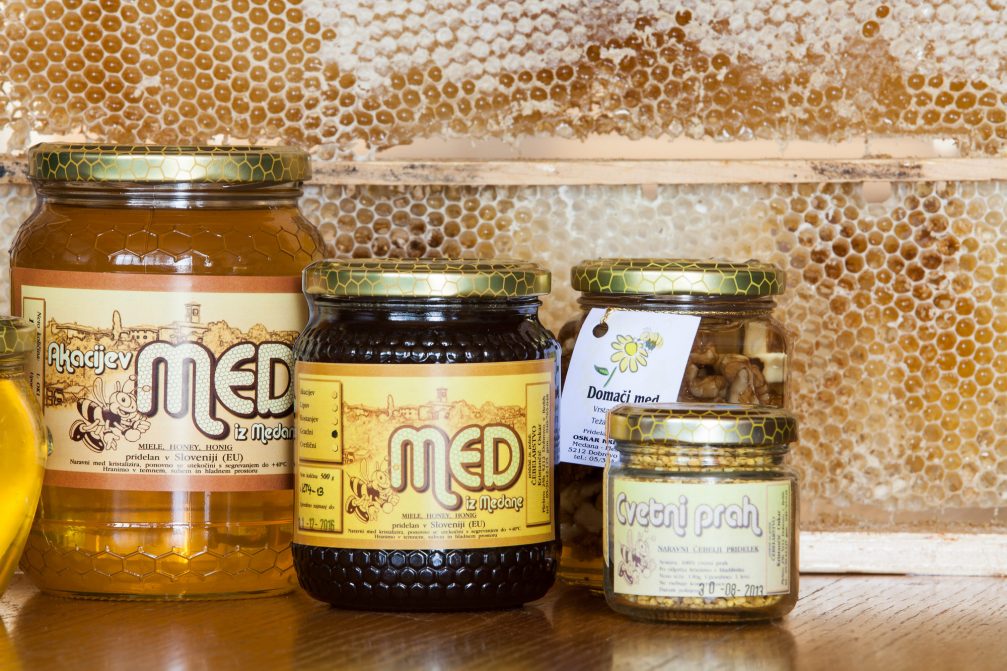
Most of Slovenia’s 11,350 beekeepers operate small, local farms. Slovenia was one of the first nations to fight the use of harmful chemicals and it keeps some of the strictest standards of ecological beekeeping in the world. (photo: Boris Pretnar)
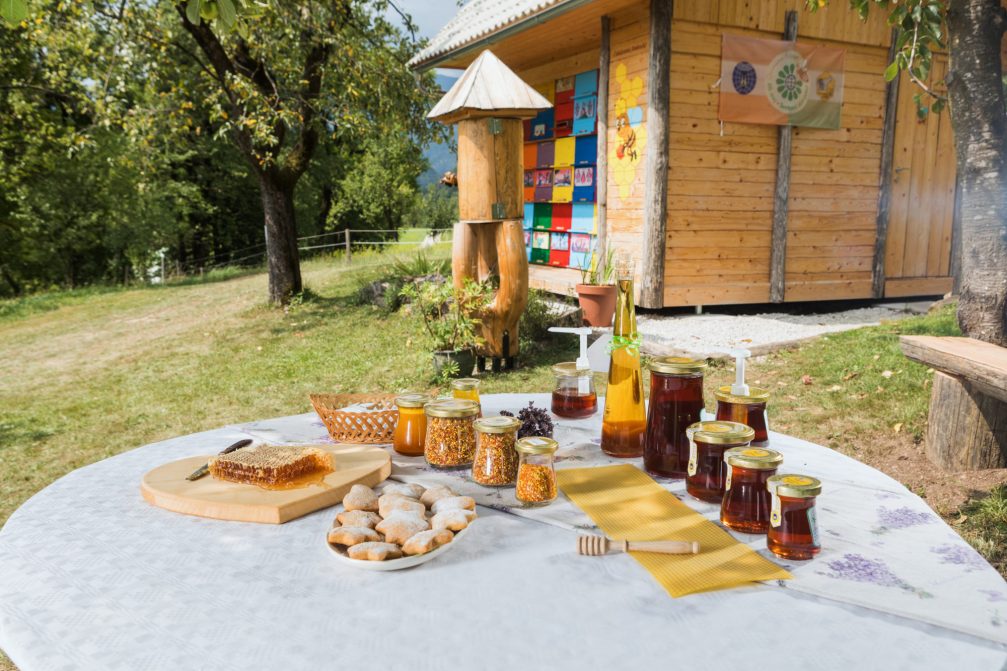
In recent years over 1.5 million tons of honey has been produced annually around the world. Production has been increasing the most in Asia, while in Europe it has been falling slightly. (photo: Jost Gantar)
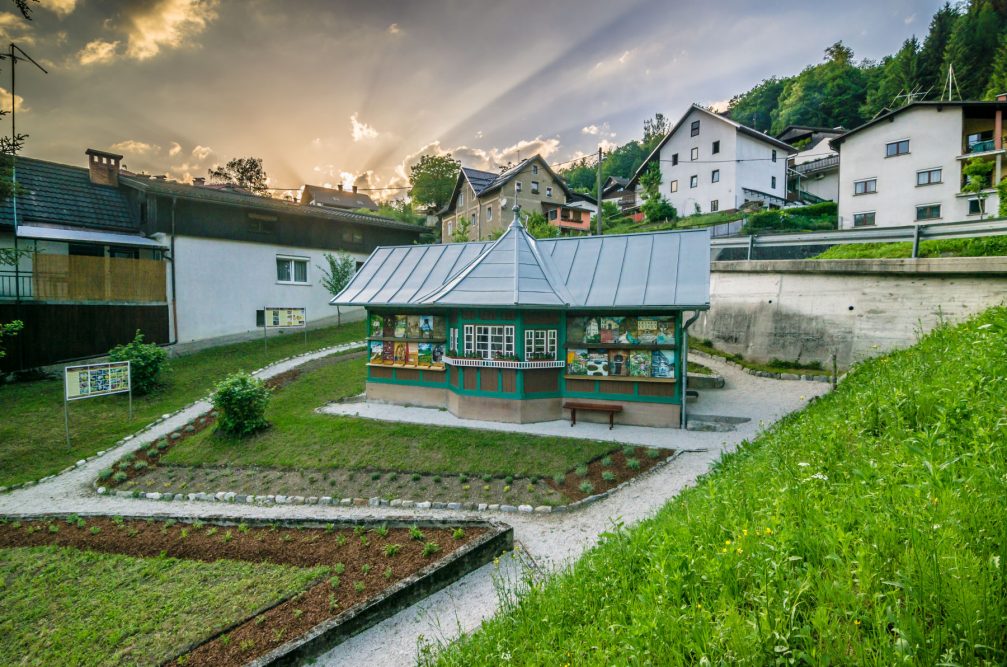
The Idrija Municipal Apiary is an exceptional example of a skilfully crafted and executed and painted apiary and is one of the highlights of the 20th century Slovene apiculture. (photo: Marko Sinkovec)
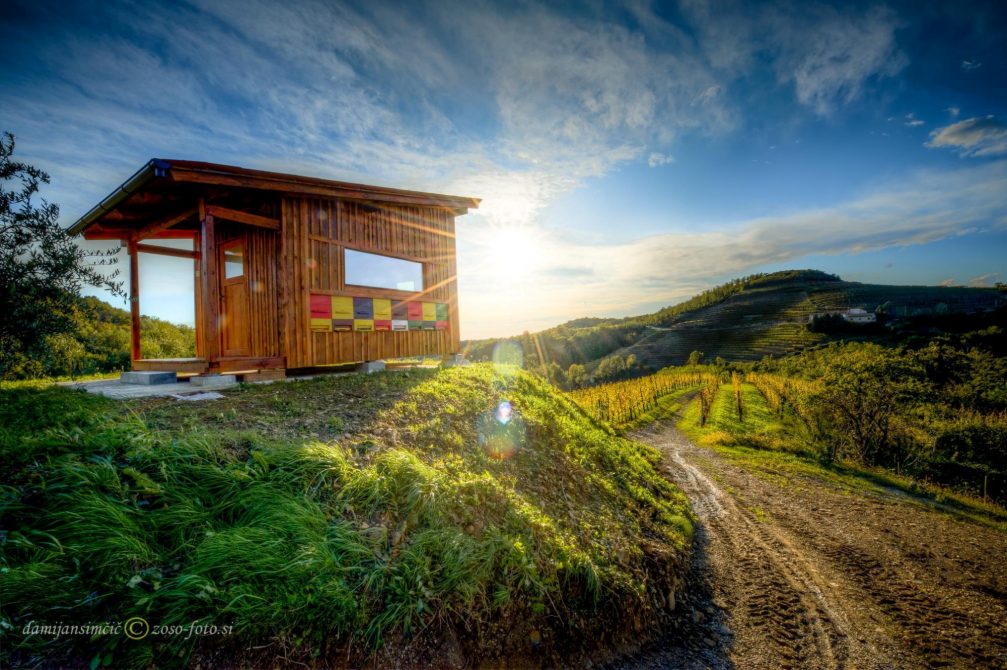
The apiary intended for aromatherapy in the Goriska Brda region. (photo: Jost Gantar)
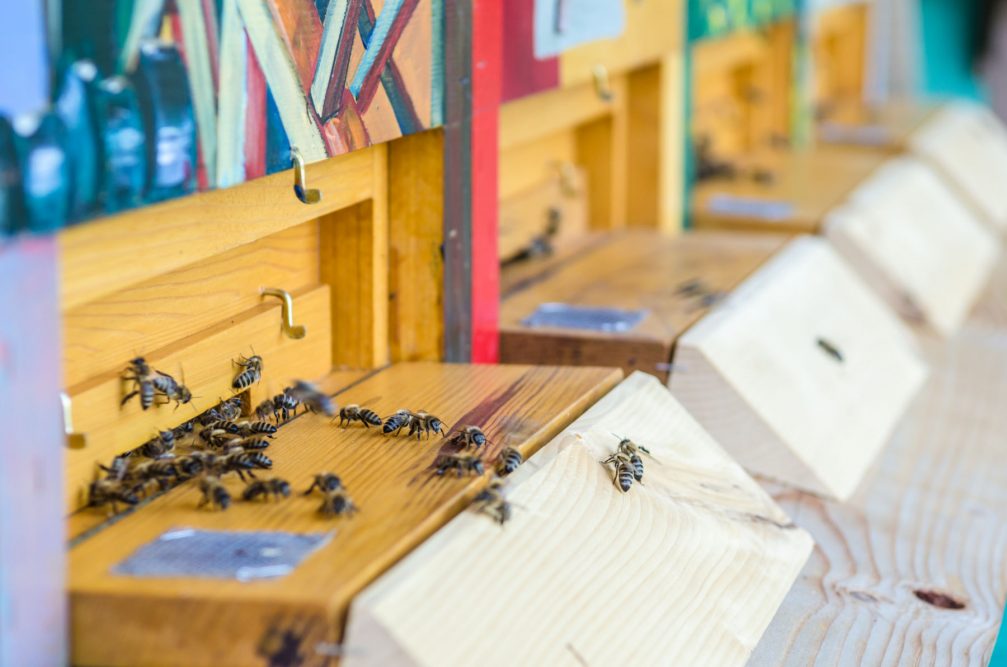
Slovenia was one of the first nations to fight the use of harmful chemicals and it keeps some of the strictest standards of ecological beekeeping in the world. (photo: Marko Sinkovec)
All the photos above are from the Media library of I Feel Slovenia!
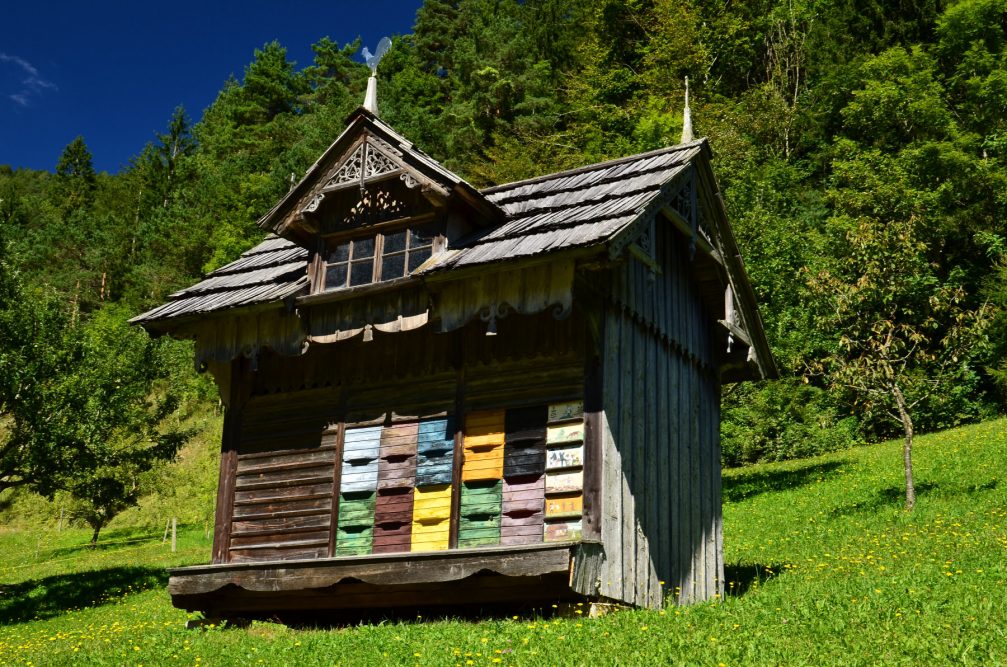
The very unique Govc Beehive in the Robanov Kot valley was built in 1929 in the Vienna Secession style. (photo: Bojan Kolman)
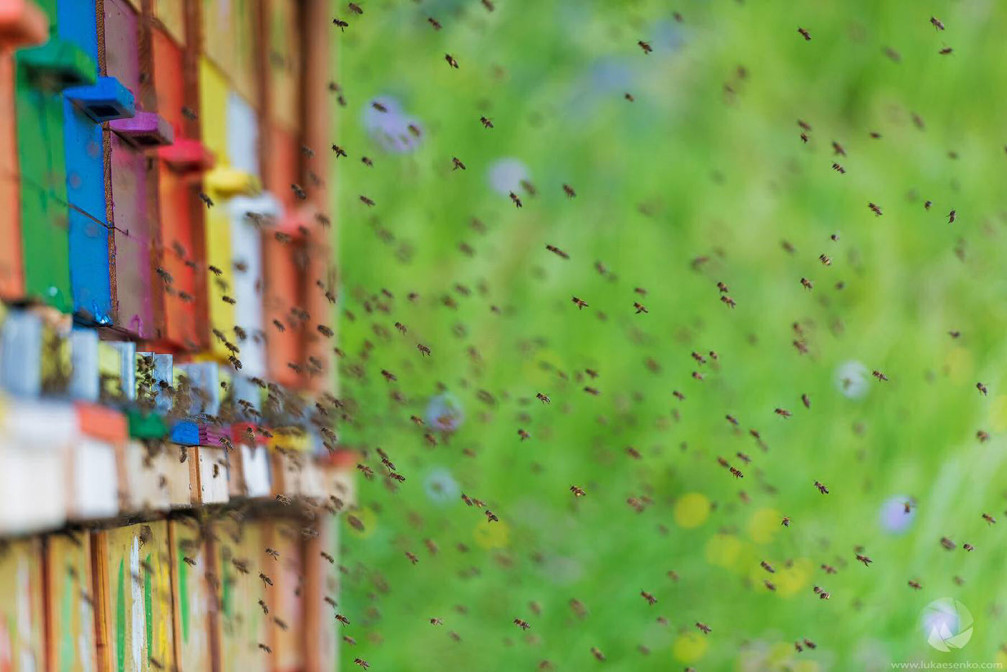
A close-up of brightly colored, square beehives in Slovenia. They are painted green, blue, purple, red, yellow, white and orange. The different colors are so that the bees can identify their hive. (photo: Luka Esenko)


